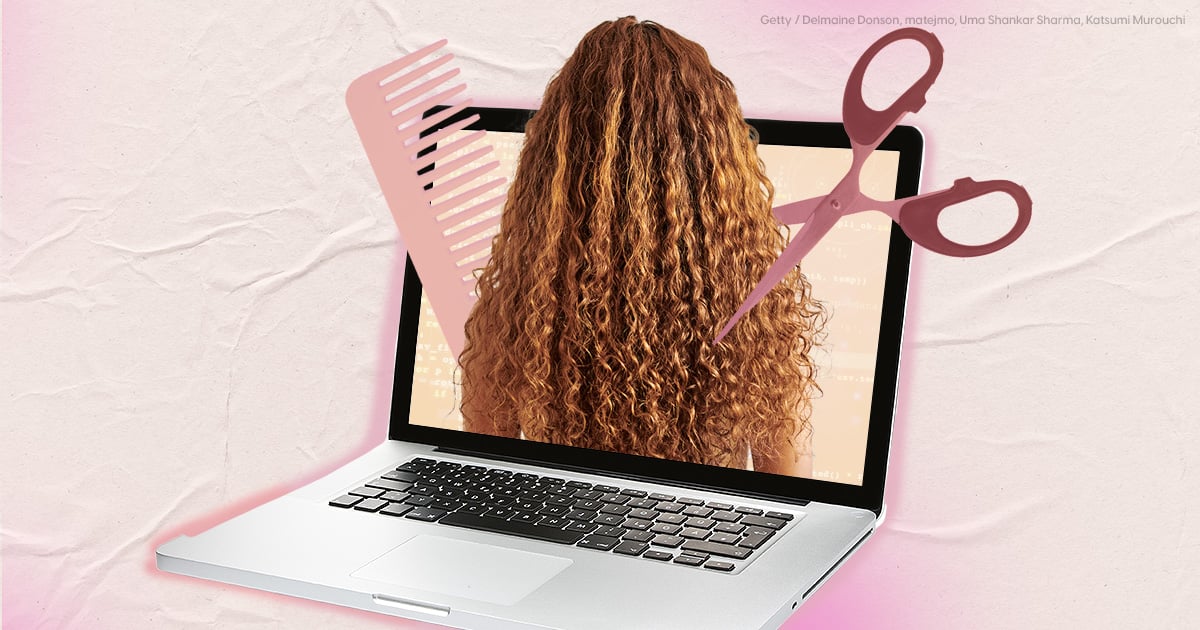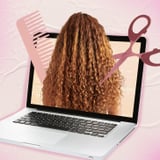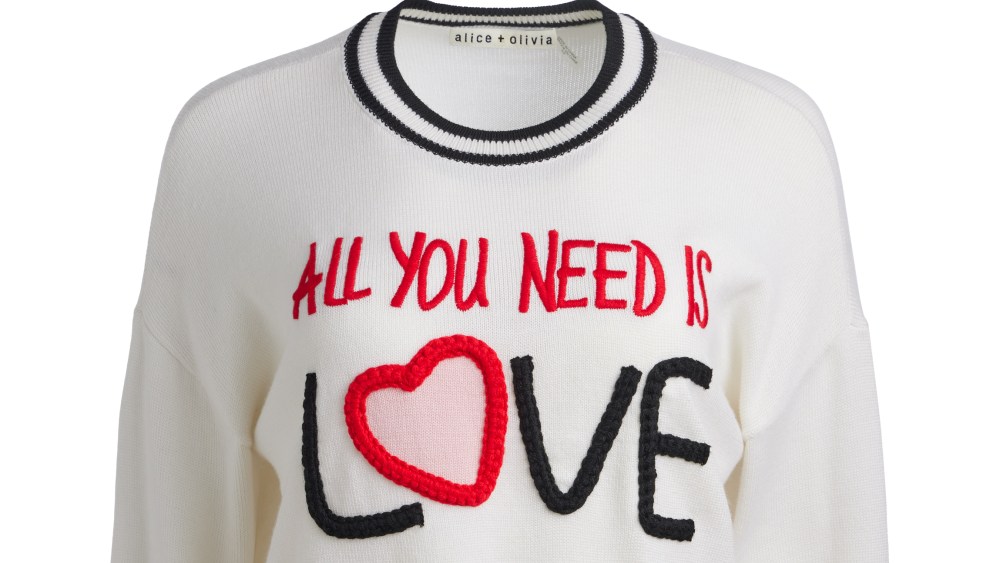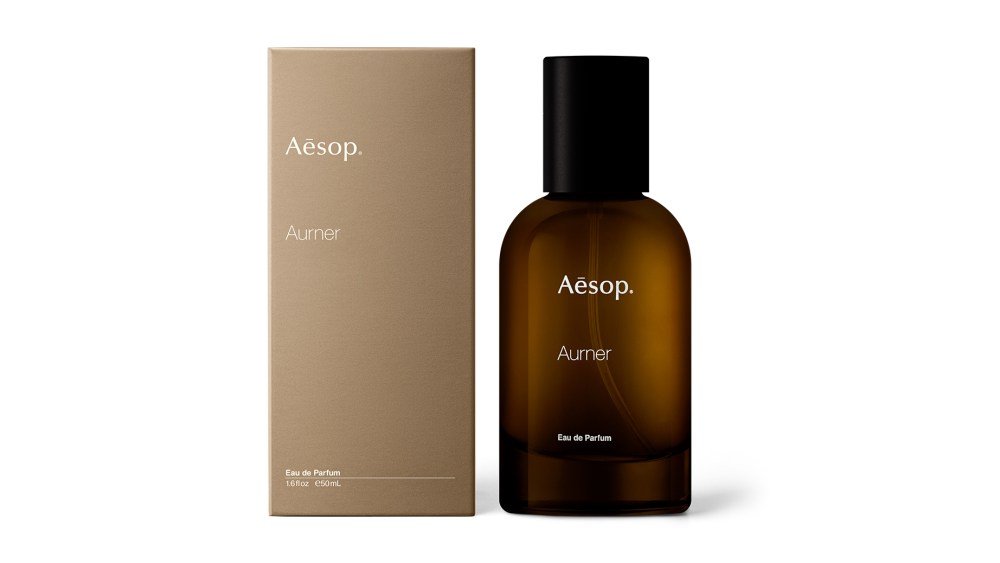Image Source: Getty / Delmaine Donson, matejmo, Uma Shankar Sharma, Katsumi Murouchi and Photo Illustration by Keila Gonzalez
As society continues to grapple with the reality of artificial intelligence becoming more integrated into daily life, no industry has been left untouched. In the beauty space, AI has been used as somewhat of a shopping assistant, helping customers get more accurate shade matches, a source of skin-care knowledge, and even for brand activations in the metaverse.
Still, as this technology becomes more advanced, it’s starting to become more difficult to distinguish fact from fiction. Case in point? Over the last few weeks, search for Jason Mamoa and Lana Del Ray’s respective new haircuts spiked. The problem with that? The photos circulating on the internet weren’t real – they were artificially generated. In the hair space, the benefits of AI are recognized, but stylists are still approaching with caution. “I have seen clients use AI images for style references, but a lot of times, it’s because they don’t realize it’s AI-generated,” hairstylist and author Kee Taylor tells POPSUGAR. “I don’t have an issue with them using it as a reference, but sometimes, it can get a little unrealistic.”
Similar to when people hold a makeup product to an impossible standard, Taylor has found that the reference photos can skew their perception of what the real-life hairstyle should look like. Still, there are some upsides to the use of AI in the hair space. “You can take someone’s face and generate a hairstyle right there in front of them,” Taylor says. During traditional consultations, though clients could chat with their stylist in real-time, there was still an element of blind trust going into any drastic makeover because they couldn’t actually see the finished outcome before taking the plunge. AI allows you to take a picture of yourself, try on the different hair color or cut you’re considering, and then commit to the look only after you like what you see. “This allows our clients to feel even more confident in their hairstyling decisions,” Taylor says.
However, AI also poses an existential threat to the beauty space, especially as digital media becomes more ubiquitous. “AI has the ability to affect everyone in this industry, from people in photography and the arts to editorial and more. You can take a few photos and AI generates the rest of the looks instead of potentially doing a full shoot.” Taylor says. This can impact the livelihood of industry professionals on a much larger scale than people may realize.
There is also a moral dilemma surrounding the use of AI. Recently, Taylor Swift became one of the latest celebrities to be affected by the technology when 4chan users used the image board website to post fake and explicit images of the star on the website. This sparked state lawmakers across the United States to act on legislation that would essentially curb the creation of deepfake videos, which are typically produced using AI. Even with this, legislation on AI has a long way to go – meanwhile, the technology isn’t going anywhere any time soon. “No matter how we look at it, AI is here and will only advance as time progresses,” she says. “I recommend trying to find the beauty in AI and not being afraid of it.” To that end, it’s important to recognize the work of AI in the beauty space by familiarizing yourself with the tells of artificially generated photos.




